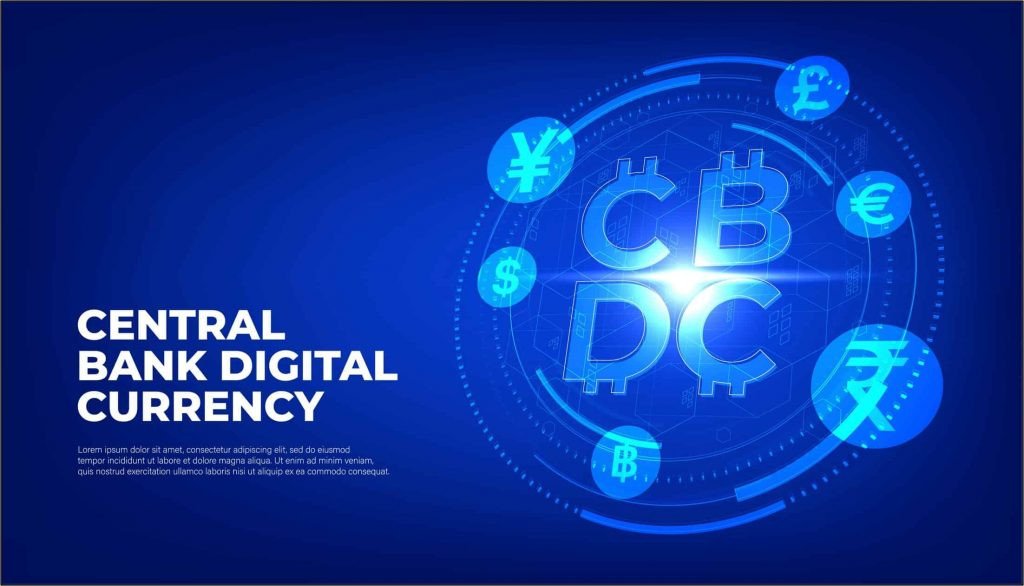What is CBDC?

CBDC is generally defined as a digital liability of a central bank that is widely available to the general public. Today in the United States, Federal Reserve notes (i.e., physical currency) are the only type of central bank money available to the general public. Like existing forms of money, a CBDC would enable the general public to make digital payments. As a liability of the Federal Reserve, however, a CBDC would be the safest digital asset available to the general public, with no associated credit or liquidity risk.
Types of CBDCs
There are two types of CBDCs, wholesale and retail. Wholesale CBDCs are primarily used by financial institutions. Retail CBDCs are used by consumers and businesses, much like physical forms of currency.
Wholesale CBDCs
Wholesale CBDCs are similar to holding reserves in a central bank. The central bank grants an institution an account to deposit funds or use to settle interbank transfers. Central banks can then use monetary policy tools such as reserve requirements or interest on reserve balances to influence lending and set interest rates.
Retail CBDCs
Retail CBDCs are government-backed digital currencies used by consumers and businesses. Retail CBDCs eliminate intermediary risk—the risk that private digital currency issuers might become bankrupt and lose customers' assets.
CBDCs vs. Cry to currencies
The cryptocurrency ecosystems provide a glimpse of an alternate currency system in which cumbersome regulations do not dictate the terms of each transaction. They are hard to duplicate or counterfeit and are secured by consensus mechanisms that prevent tampering. Central bank digital currencies are designed to be similar to cryptocurrencies, but they may not require blockchain technology or consensus mechanisms.
Is CBDC a Cryptocurrency?
Though the idea for central bank digital currencies stems from cryptocurrencies and blockchain technology, CBDCs are not cryptocurrencies. CBDCs are controlled by a central bank, whereas cryptocurrencies are almost always decentralized, meaning they cannot be regulated by a single authority.